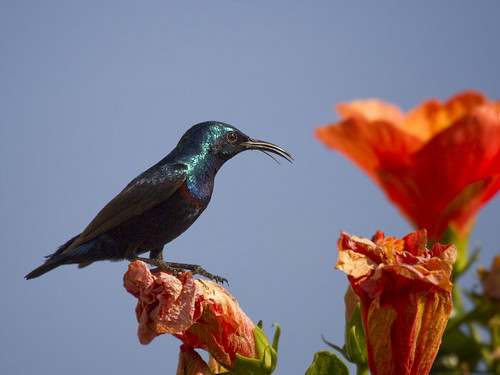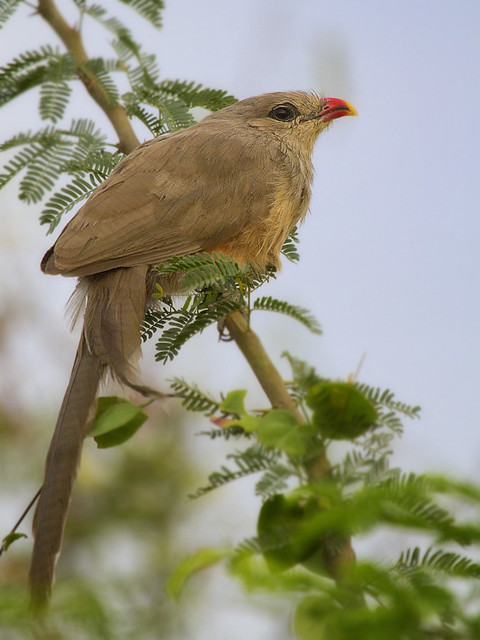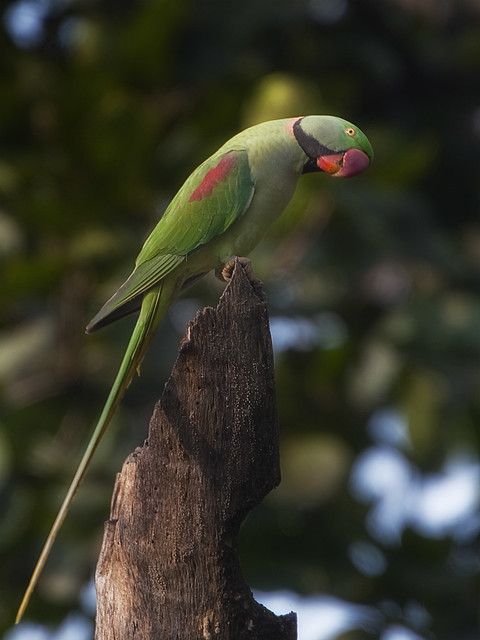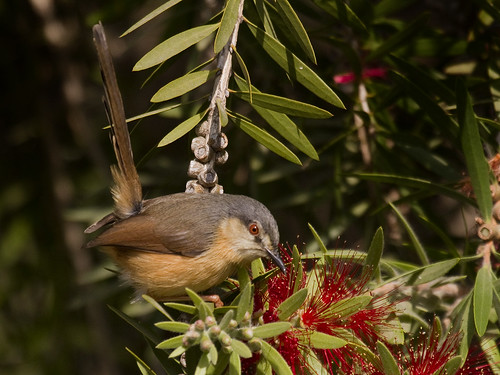
This post is an answer to a rather long and interesting discussion at https://www.facebook.com/groups/birdkatta/227788693980289/

This post is an answer to a rather long and interesting discussion at https://www.facebook.com/groups/birdkatta/227788693980289/

This cuckoo, like other Malkohas, is non-parasitic breeder – that is it builds it’s own nest and raises it’s own young…
The scientific name of this bird commemorates the French botanist Jean Baptiste Leschenault de la Tour.

The Alexandrine Parakeet is named after Alexander the Great, who is credited with the exporting of numerous specimens of this bird from Punjab into various European and Mediterranean countries and regions, where they were considered prized possessions for the nobles and royalty. Though still classified as a species of “Least Concern” Alexandrines have all but disappeared from within Nagpur city. This situation was very much the reverse in the 80’s when Alexandrines would literally boss out the smaller Plum-headed parakeets

The Montagu’s Harrier (Circus pygargus) is a migratory bird of prey of the harrier family. Nagpur gets a very small population of them passing through while they migrate. These are birds of vast open lands and naturally finding one in city is rather unusual. I was lucky to get this shot on 25th Jan 2012…
While the bird is classified as “Least Concern” by IUCN the threat to them is because 70% of the breeding European population is now using farmlands to build their nest. Crop harvests have a devastating effects on the nests.
Trivia: Its common name commemorates the British naturalist George Montagu.

Spot-billed duck or simply Spotbill has three subspecies: the Indian Spot-billed Duck (A. poecilorhyncha poecilorhyncha), Eastern Spot-billed Duck (A. poecilorhyncha zonorhyncha), and Burmese Spot-billed Duck (A. poecilorhyncha haringtoni). An interesting trivia is that in the Japanese manga and anime One Piece, there is a “Super Spot-billed Duck” named Karoo which is owned by Nefertari Vivi. Also, the Farfetch’d species in the Pokémon series is possibly based on the spot-billed duck. In Super Mario World 2: Yoshi’s Island the character Huffin’ Puffins’ Japanese name “karugamo” corresponds to the name of the Anas poecilorhyncha.

These birds utilize barbet and woodpecker holes for nesting and surprising for me they can excavate their own if needed – the beak just does not look powerful enough….
Easily identified by broad black line (wider in the male) down yellow front, Often a short yellow superilium in front of eye. Large black crest, neck, throat and head

Another mystery solved for me. I had often wondered why some Ashy Prinia show supercilium and others don’t. Wikipedia informs me “In breeding plumage, adults of the northern population are ash grey above, with a black crown and cheek with no supercilium and rufescent wings. In non-breeding season this population has a short and narrow white supercilium and the tail is longer”
Psst… Supercilium is a synonym for eyebrow 😉